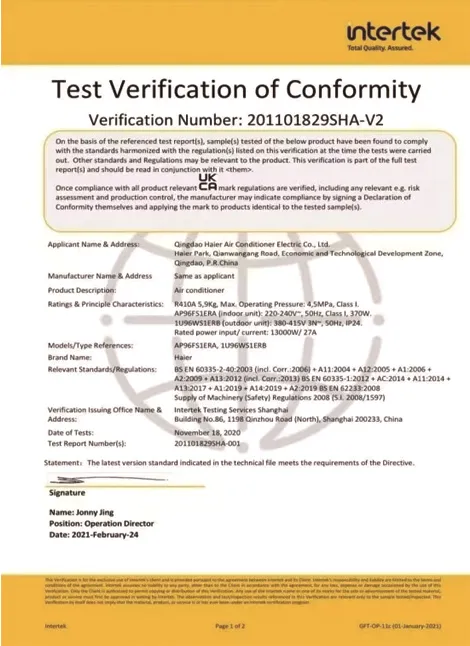...
2025-08-15 01:52
1916
...
2025-08-15 01:43
2247
...
2025-08-15 01:26
1076
...
2025-08-15 01:05
2282
...
2025-08-15 00:39
2038
...
2025-08-15 00:27
1456
...
2025-08-15 00:19
2686
...
2025-08-15 00:03
2657
...
2025-08-15 00:02
997
...
2025-08-14 23:51
1195



